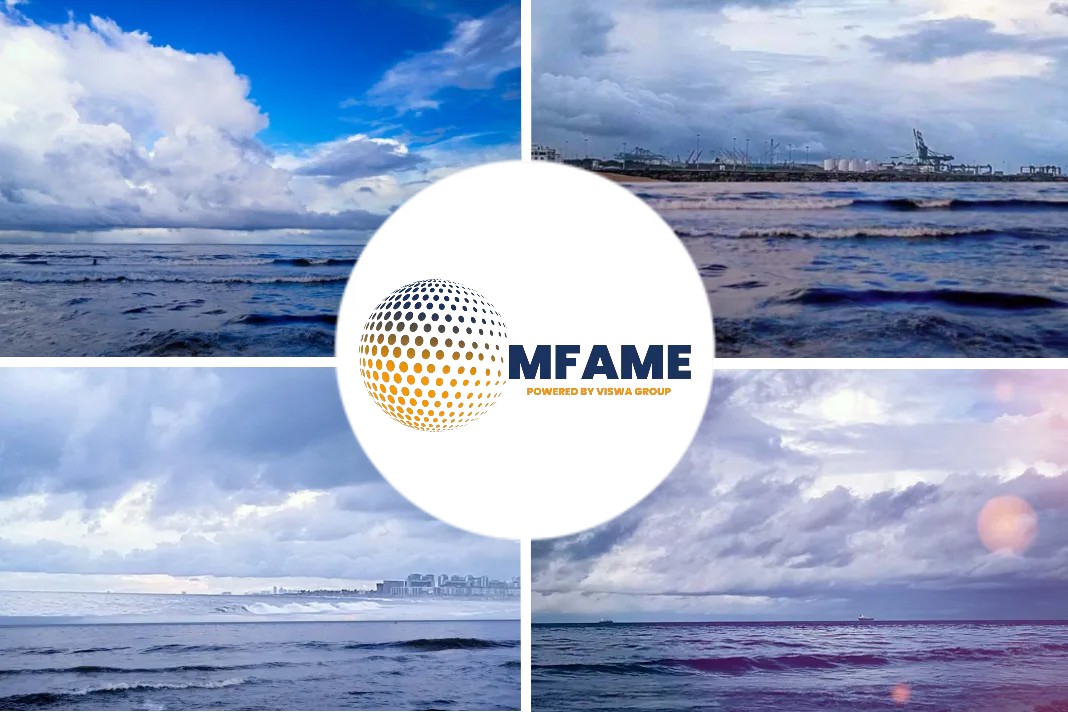- As the LNG industry rings in the New Year, Qatar Energy will continue to order new ships, buyers’ interest in carbon-neutral cargoes will grow, and China will continue to gobble up supply.
- Below are LNG Shipping & Terminals editor John Snyder’s five trends to watch in LNG for 2022.
A recent news article published in the Riviera talks about top LNG trends to watch in 2022.
Qatar Energy: more orders ahead
Qatar Energy has ordered just a handful of new LNG carriers from South Korean and Chinese shipyards to meet the needs for its massive North Field East expansion, Golden Pass project and fleet renewal plans. In November, it confirmed contracts priced at US$192M apiece for four newbuilds at Daewoo Marine Shipbuilding & Engineering and two at Samsung Heavy Industries. It placed orders for four LNG carriers at Hudong Zhonghua Shipbuilding in October. With more than 100 new LNG carriers needed (BRL reports up to 151 ships are being considered), this historic LNG newbuilding programme will bring good tidings to South Korean and Chinese shipbuilders, membrane containment suppliers, enginebuilders and other suppliers in the New Year.
No supply to spare
With economies reopening, LNG demand was stronger in 2021 than in 2020, and while the final figures are not in yet, global LNG trading was expected to set a record for an eighth consecutive year. Covid energy demand destruction kept growth from 2019 to 2020 at a measly 0.3% (354.7M tonnes to 356.1M tonnes), according to International Gas Union data. The International Energy Administration projected global LNG trade volumes to grow an average of 3.3% between 2021-24. Coal-to-gas switching, particularly in China, will underpin this growth.
Little new liquefaction capacity – with only new projects and trains being added in the US for 2022 – could keep supply tight. Europe could see some natural gas relief if Nord Stream 2 comes online in the new year.
China ends Japan’s a 51-year streak
Since 1970, Japan has been the leading importer of LNG. That 51-year streak has come to an end. Through the first 10 months of 2021, China was the world’s largest importer of LNG, according to data from China’s Administration of Customs and Japan’s Ministry of Finance. China’s LNG imports averaged 10.3 billion cubic feet per day (bcfd) – a jump of 24% over the same period in 2020, according to the US Energy Information Administration. Over the same period in 2021, Japan’s LNG imports averaged 9.6 bcfd.
Expectations are that China will not slow down anytime soon. In a recent podcast, Poten & Partners managing editor Business Intelligence Sophie Tan said a “flurry of import projects in China” must be underpinned by long-term volumes before they gain approval to build new storage capacity.
International Group of Liquefied Natural Gas Importers (GIIGNL) estimated that Chinese LNG import capacity increased 12.9 bcfd in 2021 following expansions at four existing terminals.
No steam, but foam, please
As newbuilds enter service and steam-powered vessels are retired because of CII and EEXI considerations, an increasingly larger percentage of the LNG carrier fleet will be made up of vessels with dual-fuel propulsion – particularly with two-stroke, Otto-cycle, low-pressure engines – with membrane containment systems. Many of these LNG newbuilds will be equipped with air lubrication systems, allowing ships to ride on a bed of foamy microbubbles.
Feeling neutral about carbon
While less than 1% of global LNG trades were declared carbon neutral in 2021, look for more companies to differentiate themselves and burnish their ESG credentials by purchasing these cryogenic cargoes. GIIGNL launched a framework in 2021 to “provide a common source of best practice principles in the monitoring, reporting, reduction, offsetting and verification of greenhouse gas emissions associated with a delivered cargo of LNG.”
As of September, Bloomberg reported 13 carbon-neutral LNG cargoes had been traded. The news agency projected global trade in carbon-neutral LNG could reach 1M tonnes if two more cargoes were traded before year’s end.
Leading US LNG producer Cheniere plans to offer carbon emissions tags for its cargoes starting in 2022.
Did you subscribe to our daily Newsletter?
It’s Free! Click here to Subscribe
Source: Riviera

















